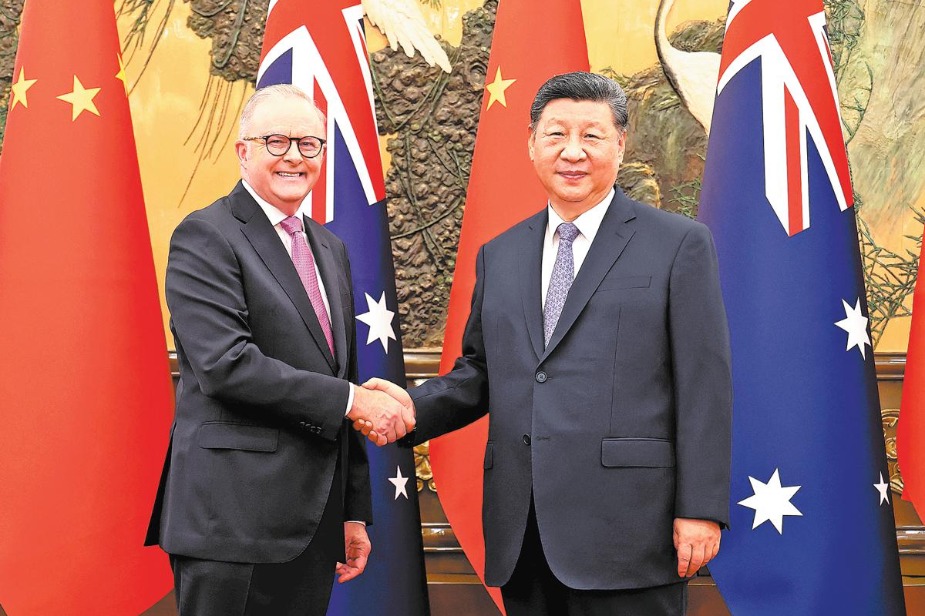Regional integration still lags behind

The system of fiscal decentralization encourages local governments to segment the market and adopt protectionist policies, which helps protect weak local enterprises.
This has evolved into a strange phenomenon whereby doing business in the domestic market may be more difficult than in the international market.
That's why the average productivity of many export enterprises in China is lower than that of the enterprises winning out in domestic competition, indicating that the competition in the domestic market is more intense than that in foreign trade. Studies have shown that the cost of trade between some provinces is close to that between European Union countries and the United States.
How to promote integration in regions with different levels of development remains a challenge for the country.
The economic integration of the Yangtze River Delta offers some valuable reference experience for the country. Shanghai's economy is primarily export-oriented, and its manufacturing enterprises have relocated to Suzhou, Wuxi and other neighboring places, promoting the collective development of the region.
The integration of the Yangtze River Delta economy has been driven by the market, and while the integration of public services is relatively difficult. Over the past three years, after the integrated development of the Yangtze River Delta was upgraded to a national strategy, the integration of basic public services such as education, medical care and caring for the elderly has accelerated.
In the past three years, the Yangtze River Delta integration strategy has achieved good results, and despite the COVID-19 pandemic and Sino-US trade frictions, the economic growth of the Yangtze River Delta has remained vigorous.
But the main reason why the regional integration development of the Yangtze River Delta is relatively ahead of the national level is that the development level gaps within the region are relatively small. So although it provides some reference for other places, how to promote integration in regions with large development gaps remains a challenge.
21ST CENTURY BUSINESS HERALD
Today's Top News
- Beijing supports Tehran in maintaining dialogue
- Stabilizing global supply chains vital to intl market
- Visa facilitation steps boost number of foreign visitors
- Japan hypes excuse for its military build-up: China Daily editorial
- Philippine defense secretary's remarks undermine regional peace efforts
- Mainland strongly opposes Lai's planned 'transit' through US






























